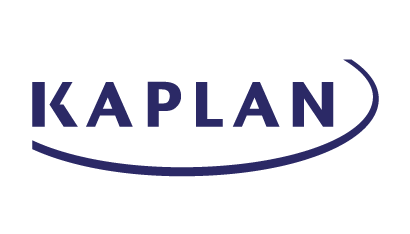Home / Business & Management / Entrepreneurship / Introduction to Business Budgeting / Cost behaviour

Reach your personal and professional goals
Unlock access to hundreds of expert online courses and degrees from top universities and educators to gain accredited qualifications and professional CV-building certificates.
Join over 18 million learners to launch, switch or build upon your career, all at your own pace, across a wide range of topic areas.

 Fixed costs are just that – fixed at one level. They are unaffected by output levels of the business. An example is the annual rent paid on a factory: the rent stays the same no matter how many units the business produces.
Fixed costs are just that – fixed at one level. They are unaffected by output levels of the business. An example is the annual rent paid on a factory: the rent stays the same no matter how many units the business produces. Stepped fixed costs are fixed up to a certain activity level, above which they “step up” a level. An example is having to open a new factory once production has reached a certain level, which would increase fixed costs.
Stepped fixed costs are fixed up to a certain activity level, above which they “step up” a level. An example is having to open a new factory once production has reached a certain level, which would increase fixed costs. Variable costs vary and are not fixed – as production increases, so do variable costs. An example is materials – the more units produced the more materials are used.
Variable costs vary and are not fixed – as production increases, so do variable costs. An example is materials – the more units produced the more materials are used. Semi-variable costs are fixed to a point and then variable. An example is a phone bill which has a standard cost each month but then increases if you use extra minutes or data.
Semi-variable costs are fixed to a point and then variable. An example is a phone bill which has a standard cost each month but then increases if you use extra minutes or data.



